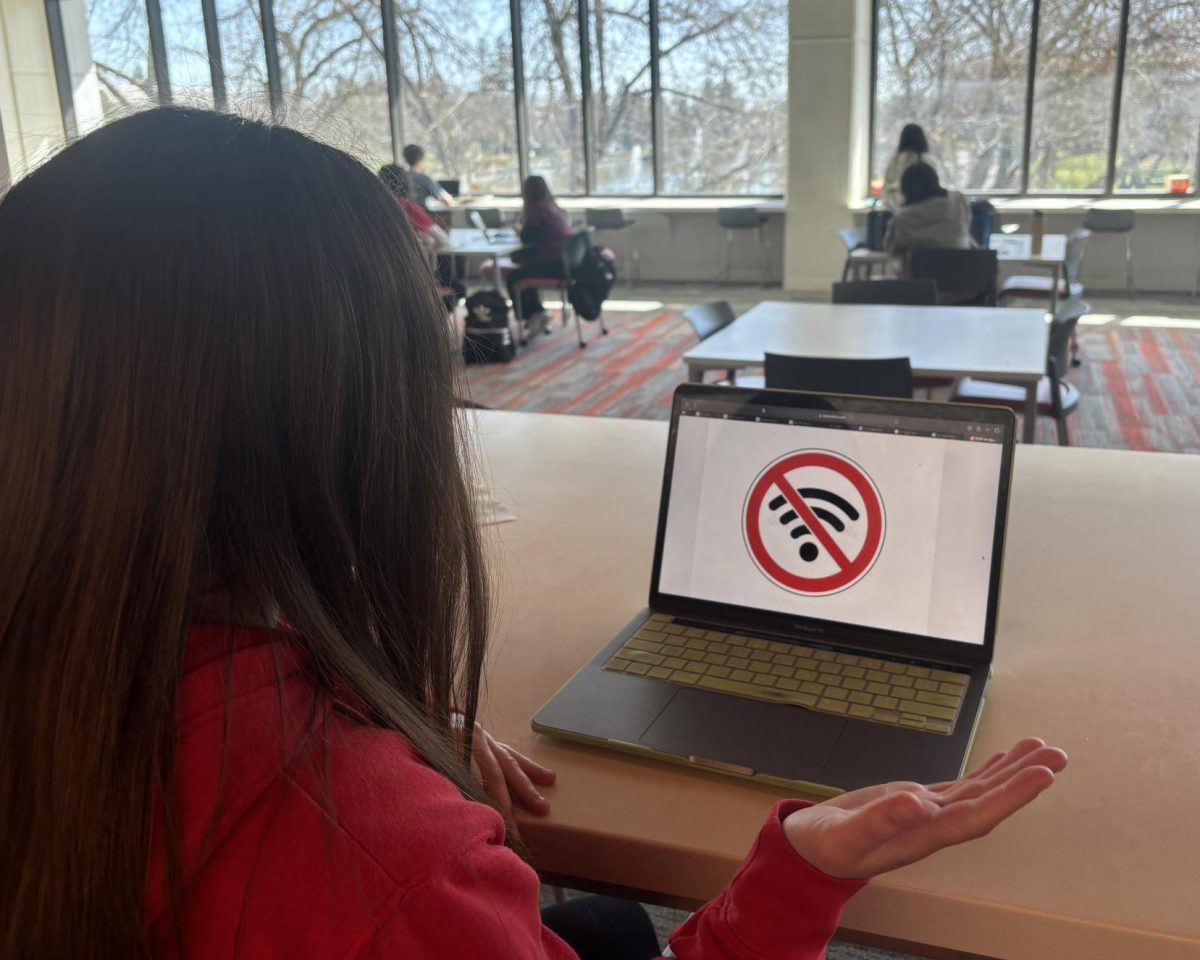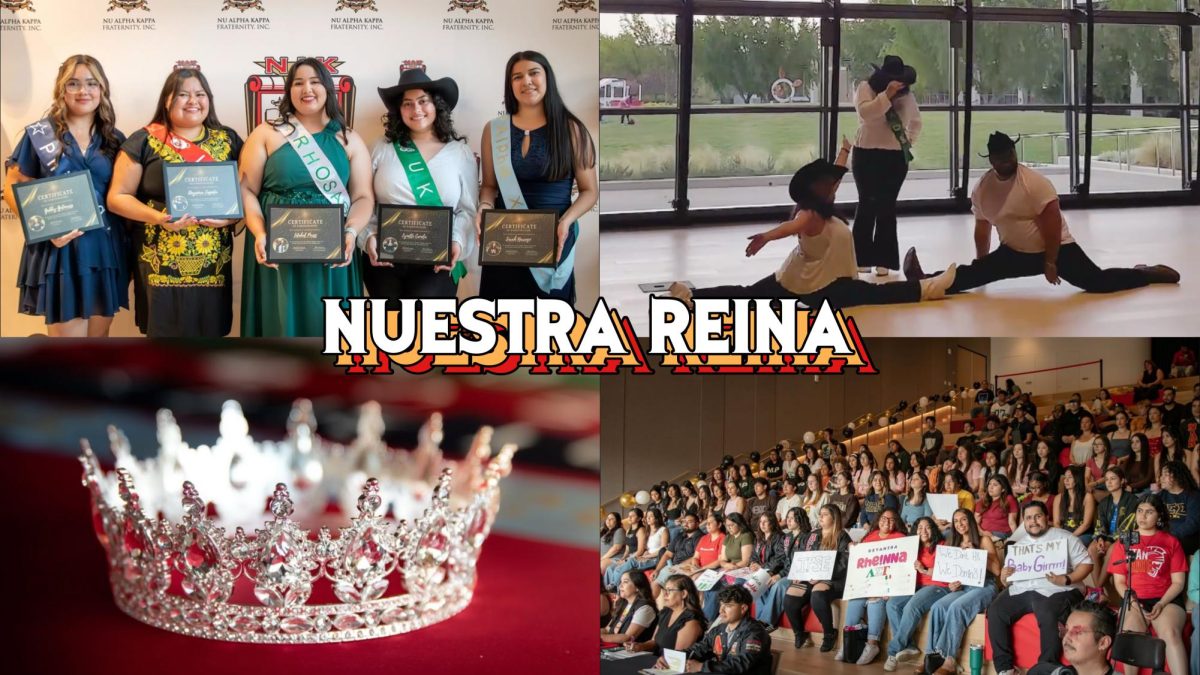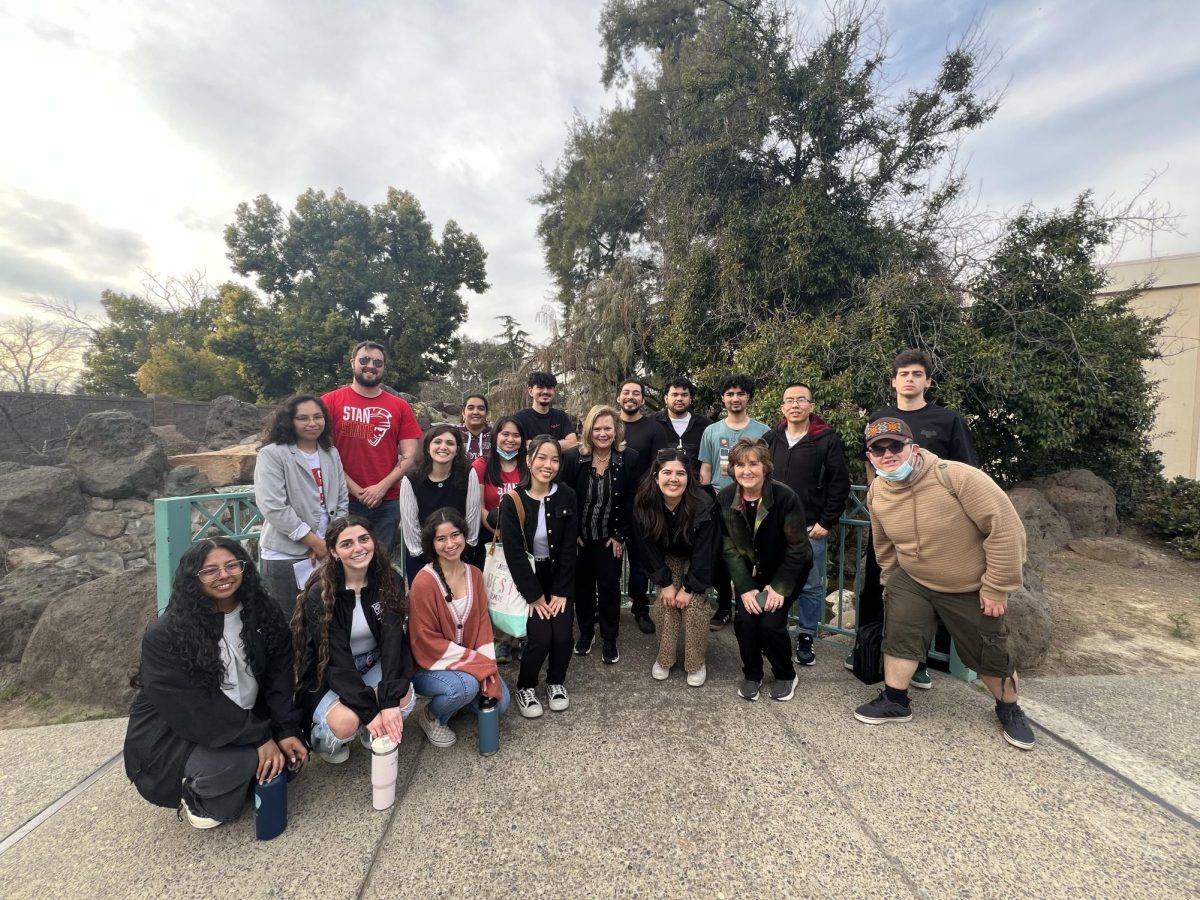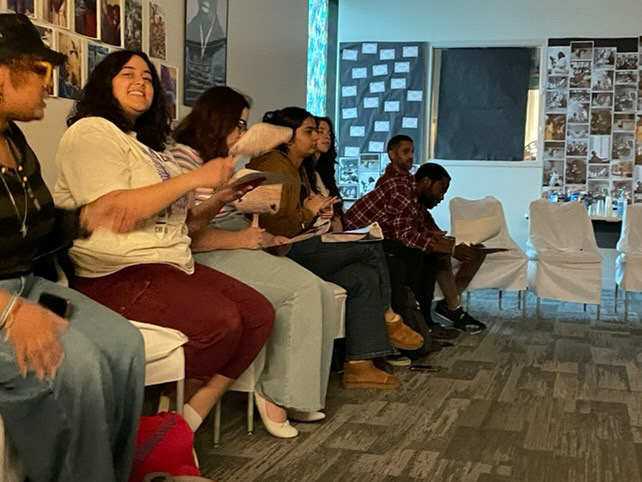To commemorate the annual season of spook, John Carpenter’s “Halloween” has earned itself an aptly-timed retrospect.
Described by millions as one of the best horror films of all time, Carpenter’s 1978 masterpiece definitively established the “slasher” film genre.
Shot on the remarkably low budget of $325,000, “Halloween” went on to make an astonishing $70 million worldwide, according to The Numbers database, and became the highest-grossing independent film ever made at the time.
The premise of the movie was simple yet effective: a babysitter stalked by the bogeyman.
“Halloween” begins with a stunning four-minute POV shot through the eyes of a six-year-old Michael Myers. Fifteen years later, Myers escapes a mental institution and returns to his hometown on Halloween, where he decides to stalk a group of teenagers with a butcher knife. While this happens, Myers’ psychiatrist, Dr. Loomis, hunts him down by any means necessary.
One of the most hauntingly eerie features of “Halloween” is its iconic theme music. In order to save money, Carpenter composed the score himself over the course of four days. Written in a strange 5/4 time signature, it is recognized by millions of people all over the world and has even been sampled in numerous songs.
Before the biggest contribution of coming up with the idea for “Halloween” by producer Irwin Yablans, the film was originally titled, “The Babysitter Murders.” Switching titles allowed for the script to be altered into being set for one day, which effectively saved money on wardrobe changes. Carpenter and co-writer Debra Hills immediately accepted the brilliant suggestion and began developing the story’s new format.
It’s hard to believe that Halloween had never been in a movie title before 1978. The idea of using Halloween night inspired a series of holiday-themed horror movies to follow in its path. Alfred Hitchcock pioneered the modern era of horror film in 1960 with “Psycho,” and his legendary picture was truly influential for Carpenter.
Playing the role of the film’s protagonist, young actress, Jamie Lee Curtis, was introduced to the big screen, whose casting decision pertained somewhat to her being the daughter of “Psycho” star, Janet Leigh. Carpenter considered this the ultimate tribute to the Hitchcock classic.
Curtis went on to star in the 1981 sequel, “Halloween II.” She also gave an uncredited voice appearance in 1982 for “Halloween III: The Season of the Witch.” In 1998, she reclaimed her role as Laurie Strode in “Halloween H20: 20 Years Later” and again in 2002 for “Halloween: Resurrection.”
Carpenter and Hills co-wrote the script for “Halloween II” after the tremendous success of their first; however, Carpenter did not direct any of the “Halloween” movies aside from his authentic 1978 original.
“Halloween” spawned a total of nine sequels, including a reboot in the series. Nearly 30 years after its release, the original was remade by Rob Zombie in 2007 and was followed-up in 2009.
Like the immortality of Michael Myers, the Halloween franchise is still alive to this day. According to SchmoesKnow, Dimension Films will have a script by 2015 for its newest “slasher” installment, “Halloween: The Next Chapter.”
Although the movies have grossed over $366 million in worldwide revenue, according to Box Office Mojo, none of the sequels succeeded in retaining the “Carpenter-ness” of the original.
Particularly in regards to slashers, “Halloween” is still considered one of the best horror films of all time.
TRIVIA TREAT
How many victims does Michael Myers kill?
How old was his first victim?
What song is playing on the radio while Myers follows the teenagers in a car?
Send in your answers to csusignal.com/contact for the chance to win a FREE copy of John Carpenter’s Halloween on Blu-ray, courtesy of The Signal’s own Dr. Stevens. Also, don’t forget to like the CSU Signal page on Facebook to see the answers posted before the next issue.
Categories:
“Halloween” retrospective and the start of the “slasher” genre
By Scott Sikma
•
October 24, 2014
0
Donate to Signal
Your donation will support the student journalists of California State University, Stanislaus. Your contribution will allow us to purchase equipment and cover our annual website hosting costs.
More to Discover








